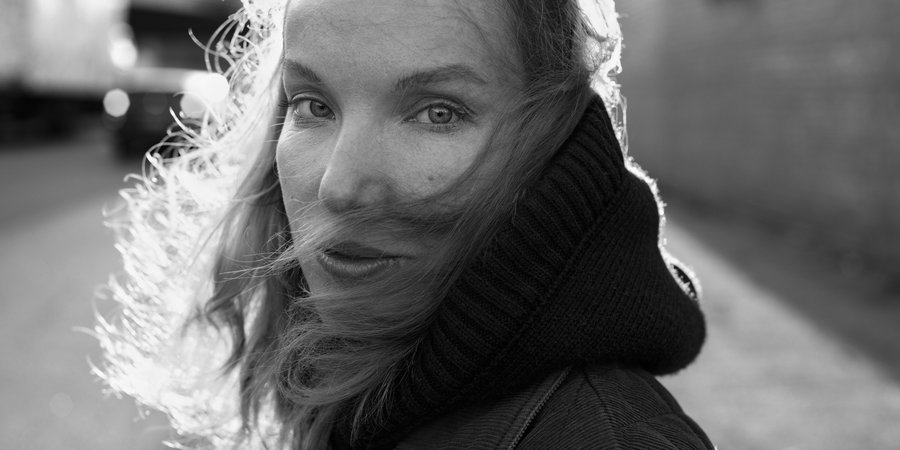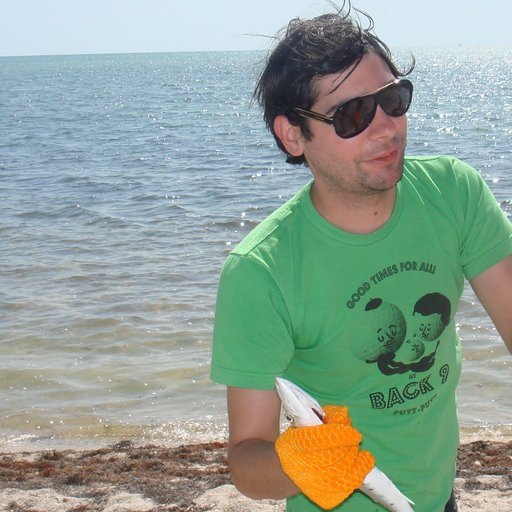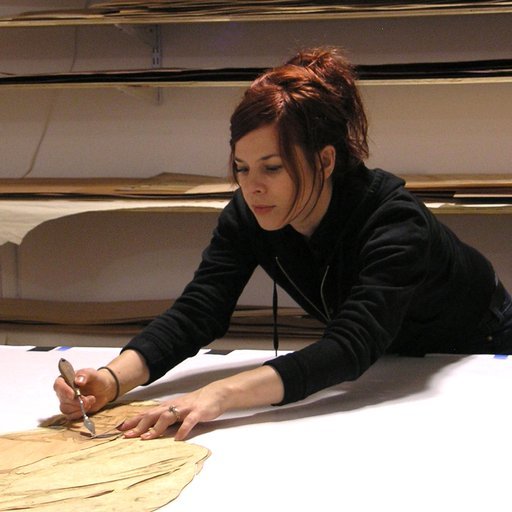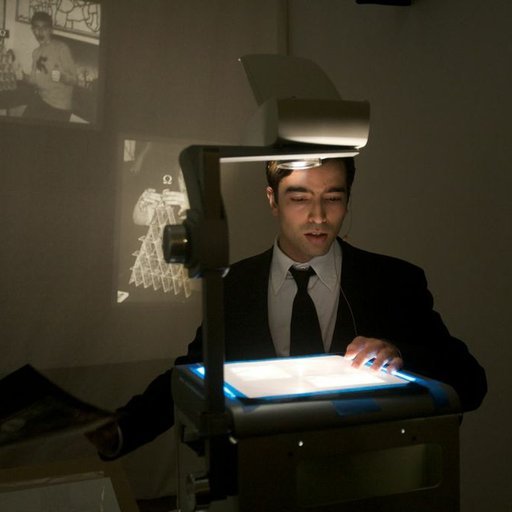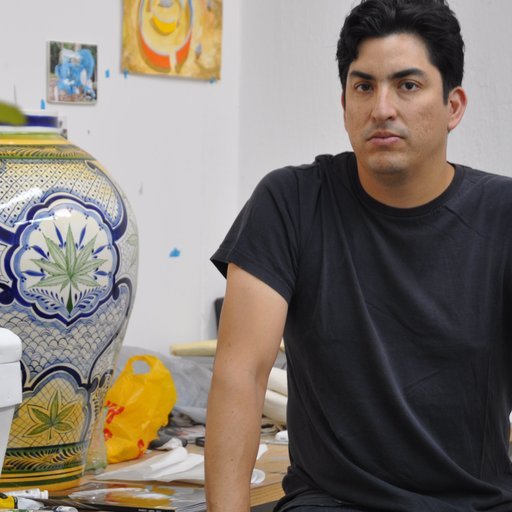Since the 1990s, the Hungarian-born painter Rita Ackermann has been something of a rock star in the New York art scene, provoking viewers with her surrealistic tableaux featuring nymphlike girls who dangle between innocence and experience and often bear the almond eyes of their maker. A real-life rock star on the side for a time—she was in the short-lived cult band Angelblood with fellow artist Lizzie Bougatsos, now of Gang Gang Dance—Ackermann has used a performative approach to continually evolve her painting style, transitioning away from figuration toward abstraction in the recent works she has been showing with Hauser & Wirth.
We conducted an interview with Ackermann via email about the trajectory of her approach to the canvas, how painting is like dancing, and her ongoing interdisciplinary work with fellow category-disruptors like the filmmaker Harmony Korine.
You are best known for highly sensual, attitudinal paintings that often present young, doe-faced girls lazily lounging around in surreal scenarios. These girls sometimes share your features, and the scenes can seem derived from the world of modeling. Where do you find your inspiration, and what themes do you explore in your work?
Well, the early works strike brutally superficial views on their subjects. That's both a good and bad thing. There isn't much writing out there that sets the record straight about my work between 1994 and 1996. If there is any writing, it's probably not even available on the Internet. I must say they had nothing to do with modeling. I think of those early paintings as being performative—they are performances about bodies in danger, about the figures or bodies acting out situations with a utopian survival mindset. These paintings did not engage the outside world, so that's why I think their existentialism and exhibitionism were so inspiring to the fashion and art worlds.
In the past few years, your style has shifted significantly, moving toward gestural abstraction. What caused that change in your work, and why did you decide to take up abstraction?
Gestural abstraction was always important to my work. Over the years, these elements organically moved forward, from the background into the foreground.
Your most recent series, Fire by Days, is very abstract, but it almost seems like there are female bodies that appear out of your Rorschach-like red and blue splotches that recall the women in your earlier paintings. What draws you in particular to depicting the female body?
Maya Deren.
Some of your paintings feel so personal that they can almost be autobiographical. How does your work relate to your personal life?
Everything we do is personal, no? Even if you try to fake it 'til you make it, you'll end up slipping on a banana peel in a hotel lobby, and that's accidentally going to be a truly personal experience. So just by nature, my art is personal.
You’ve said that you dance while you’re doing these abstract paintings. What else is involved in your painting process?
Oh, when I was talking about dancing, I was using it more as a metaphor. Like dancing, painting makes me feel really good. Metaphors aside, dance is the best thing that happened to people. Movement gives you freedom, and so does art.
How do you know when one of your abstract paintings is done? At what point do you stop working on a piece?
When it walks out from the studio on its on feet, stops at the bar around the corner, and orders itself a vodka martini. That's how I know it is finished.
You moved from Hungary to New York during the middle of your initial studies as an artist, and you quickly emerged as a star of the downtown scene. What do you make of the New York art world versus that of your native Hungary?
The Hungarian art scene was, and still is, struggling to open up to the world. New York was, and still is, openly cosmopolitan.
During the ‘90s, you became friends with Harmony Korine, and you’ve since worked with him on a series of collage-based works called Shadow Fux, which uses film stills from his movie Trash Humpers. What themes were you exploring with that series, and what is it like as an artist to work collaboratively?
Harmony and I have always had strong connections in art. Our shared aesthetics grew organically into the realization of Shadow Fux. We wanted to lose ourselves and our artistic egos in these collaborative works. It wasn't about dual collaboration, so to speak. It was actually more of a singular method because we worked on these pieces in separate studio locations. Harmony did the photography, I did the painting and the collage elements. It felt great to make an artwork together with someone whom I admire and respect.
What artists have inspired you the most?
People who are aware of themselves are inspiring. Those are the ones who move with grace. Humbled artists are the ones who inspire me. There aren't too many of them either.
Is there anything you collect yourself?
I trade with friends sometimes.
What are you working on now?
I'm starting work on an exhibition at Sammlung Friedrichshof in Austria. The exhibition will open in April, and it's called "Meditation on 'Meditation on Violence.'"











